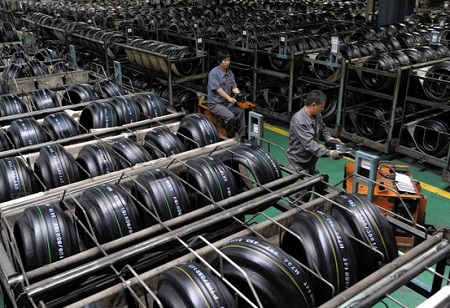Over the years the
rubber industry has grown by leaps and bounds. Today,
rubber plantations in most of the tropical regions have become an integral part of the national economy. As per a latest report by the International Rubber Research Experts, amongst the world’s 17.1 million tons of elastomers, 7.89 million tons totaled for
natural rubber.
The rubber industry is a key sector in the Indian economy with a turnover of around 12,00 crores per annum. Taking a closer look at the
Indian rubber industry, there are nearly 6000 companies having 30 large units, 300 medium scale, and 5600 small scale companies.
With the rubber industry occupying a significant spot in the Indian economy, It is crucial for Indian rubber manufacturers to lead the global competition by incorporating these software developments in manufacturing. By allowing the software to maintain scheduled tasks, real-time data collection, analyzing the efficiency, and reporting the desired data, human errors can be avoided & manpower can be utilized efficiently.
Let’s now look into the top three trends that are set to transform the rubber industry in the coming days.
Increasing Need for Circular Economy
The concept of circular economy is to introduce the 6R principles of products that can enhance the green value of products and prolong the product life cycle. It is no longer just a slogan, nor just to reduce costs, but a way of saving and cherishing blessings, for sustainability, a display of technology, and a creation of value.
The concept of circular economy is in the ascendant, the mechanism and technology of recycling and reuse are booming, and the technology and application concept of environmentally friendly and low-carbon new materials have become the most important part of supporting the circular economy.
Natural rubber is now extensively used worldwide for everyday products such as tyres, shoes, footballs, condoms, gloves, sponges, roads, and balloons. On average, the annual consumption of rubber per person is estimated at 3.5 kg.
